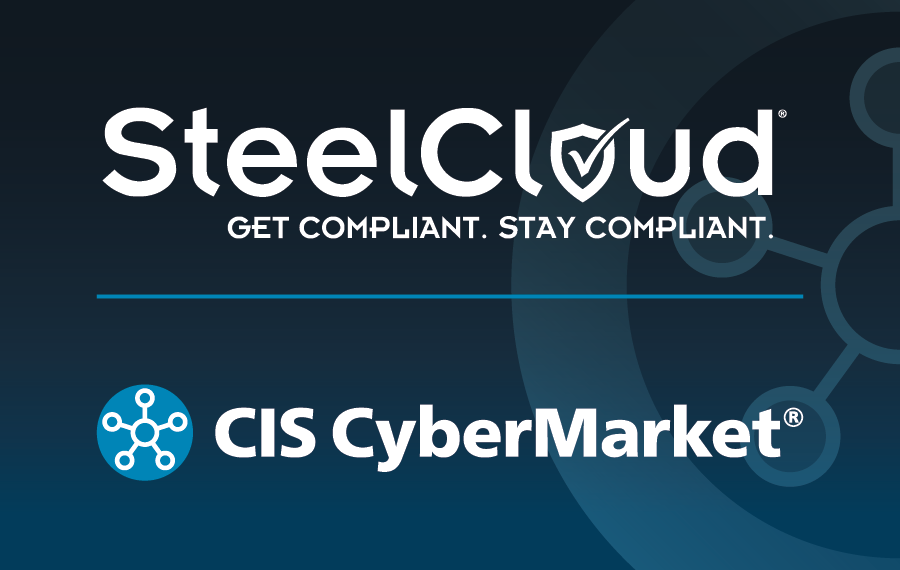7 Game-Changing Strategies to Build Your Digital Security Arsenal Without Breaking the Bank
In today's digital landscape, protecting your online presence doesn't have to cost a fortune. Here's a comprehensive guide to building a robust digital security framework while maintaining cost-effectiveness.
1. Implement Strong Password Management
One of the most fundamental yet powerful ways to enhance your digital security is through proper password management. Instead of investing in expensive security solutions, start with:
- Using a free, open-source password manager
- Creating unique, complex passwords for each account
- Enabling two-factor authentication (2FA) wherever available
- Regularly updating passwords every 90 days

2. Leverage Free and Open-Source Security Tools
Many robust security tools are available at no cost. Essential tools include:
- ClamAV for antivirus protection
- Wireshark for network monitoring
- OSSEC for intrusion detection
- OpenVAS for vulnerability scanning
These tools provide enterprise-grade security features without the premium price tag.
3. Educate and Train Your Team
Human error remains one of the biggest security vulnerabilities. Implement a cost-effective security awareness program by:
- Utilizing free cybersecurity training resources from CISA
- Conducting regular internal security workshops
- Creating a security-first culture through continuous learning
- Implementing monthly security newsletters
4. Regular System Updates and Patch Management
Keeping your systems updated is a zero-cost security measure that provides significant protection:
- Enable automatic updates on all devices
- Create a patch management schedule
- Document all system changes
- Regularly audit software and remove unnecessary applications

5. Implement Network Segmentation
Network segmentation doesn't require expensive hardware. You can:
- Use VLANs to separate critical systems
- Implement firewall rules to control traffic
- Create guest networks for visitors
- Isolate IoT devices from main networks
6. Develop an Incident Response Plan
Creating a comprehensive incident response plan costs nothing but time and can save thousands in potential breach costs:
- Document emergency procedures
- Assign specific roles and responsibilities
- Create communication protocols
- Regularly test and update the plan
7. Cloud Security Optimization
Maximize security while minimizing cloud costs:
- Regular audit of cloud resources
- Implementation of least-privilege access
- Utilization of built-in security features
- Proper configuration of cloud security groups
Best Practices for Implementation
- Start with the basics and gradually build up
- Focus on high-impact, low-cost solutions first
- Regularly assess and adjust security measures
- Document all security procedures and policies
- Maintain consistent security standards across all systems
According to recent data from the 2025 Data Breach Investigations Report, organizations implementing these basic security measures have shown a 60% reduction in successful cyber attacks, proving that effective security doesn't always require significant financial investment.
Taking Action
Ready to enhance your digital security knowledge? 01TEK offers comprehensive courses and resources to help you implement these strategies effectively. Visit our learning platform to explore our range of cybersecurity courses, from beginner to advanced levels. Start your journey toward better digital security today!
Sources: 1. CISA Cybersecurity Best Practices 2. CIS Security Guidelines 3. IBM Enterprise Security Solutions 4. Verizon Data Breach Report 2025
It takes humility to realize that we don’t know everything, not to rest on our laurels and know that we must keep learning and observing. If we don’t, we can be sure some startup will be there to take our place.
Cher Wang, CEO of HTC




